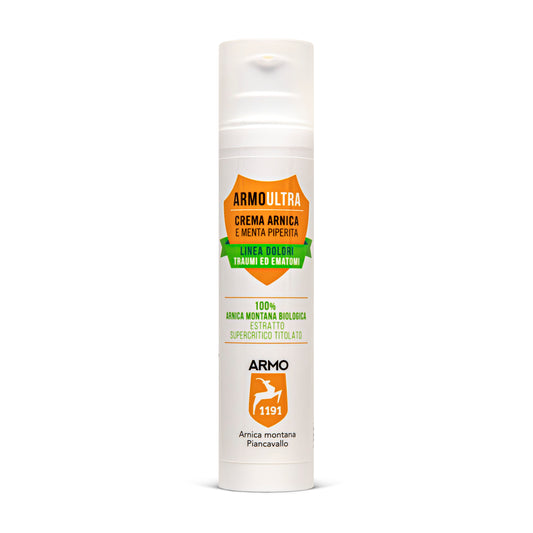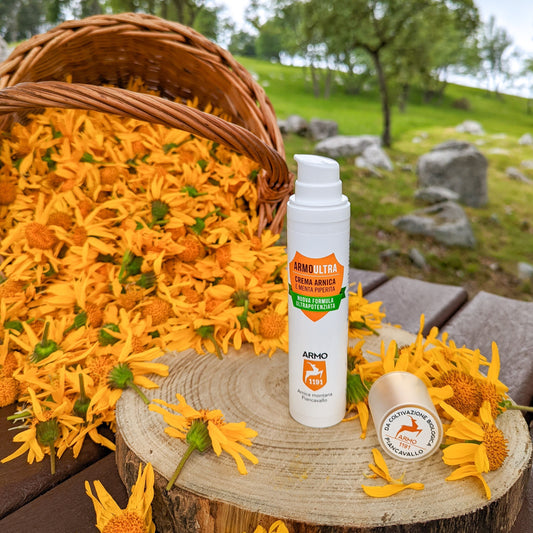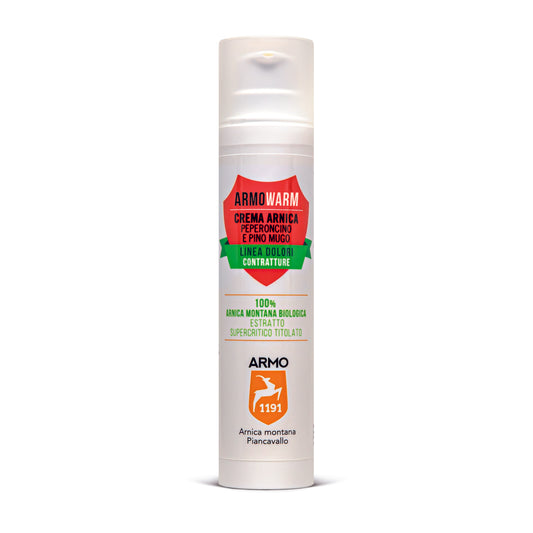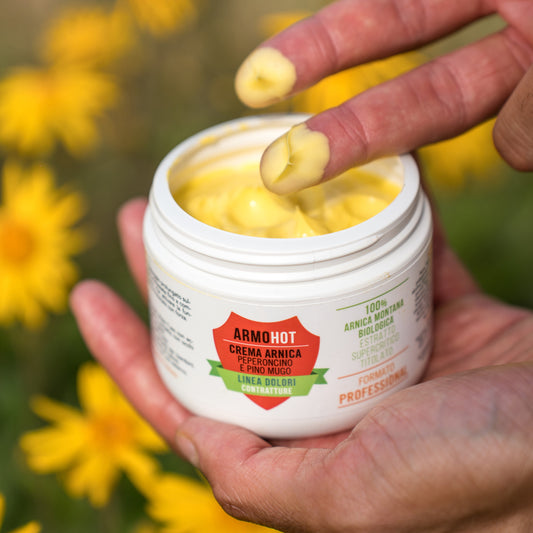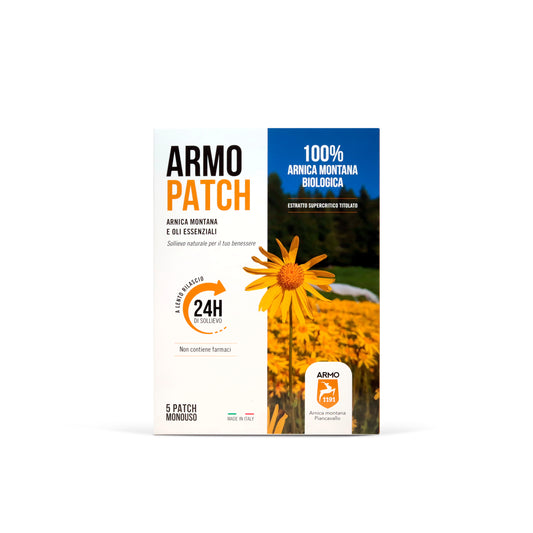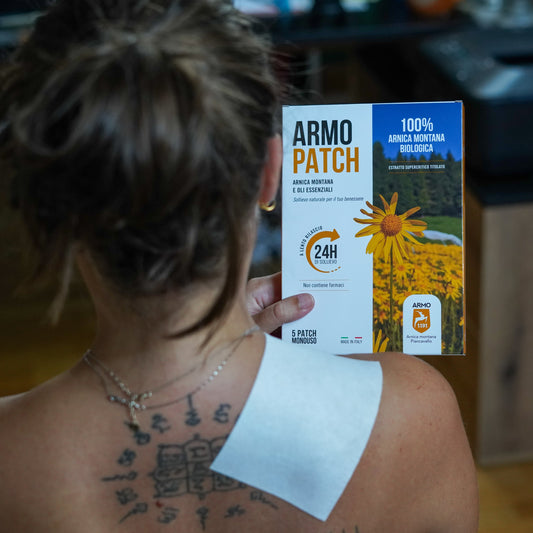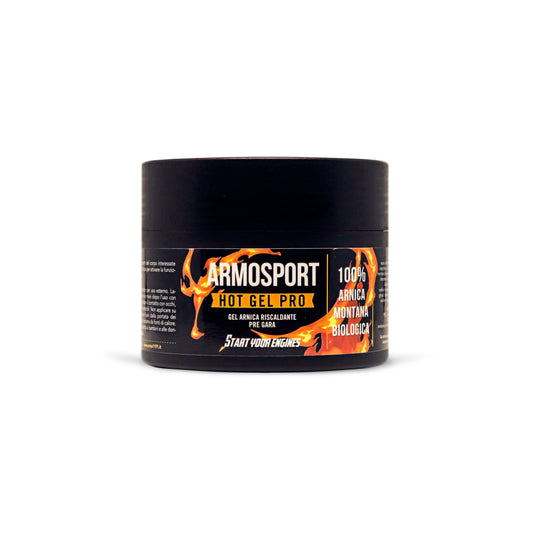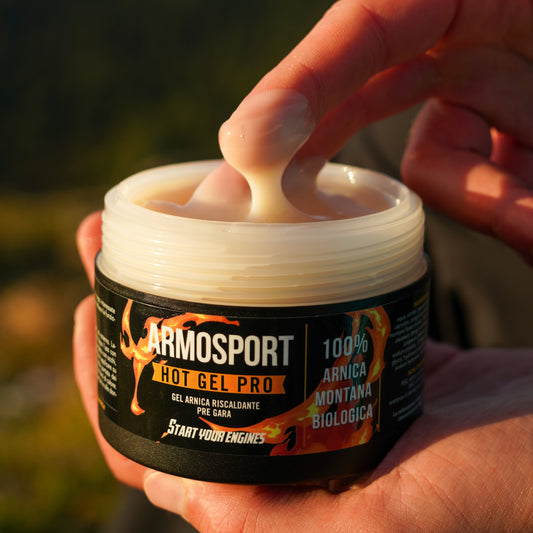Traumas, bruises, muscle and joint pains, inflammations, contractures, fatigue. These are all the uses of Arnica, from cream to gel via oil and ointment.

We have all used it at least once in the form of gel, cream, ointment, or at least we have heard about it. Arnica, to be precise mountain Arnica L. (the Arnica genus is composed of no less than 32 species which are present throughout the world, but the one recognised for its great phytotherapy properties is mountain Arnica). It is an officinal plant with well-known anti-inflammatory and pain-relieving properties that grows throughout the European Alps between 900 and 2200 metres above sea level.
Watch this video and discover where Arnica grows
Arnica: what it is and when to use it
Arnica is a poly-annual plant belonging to the Asteraceae family. In Italy it grows wild in the Alps and the Tuscan-Emilian Apennines. It is widespread throughout the whole of Europe, except for the British Isles.
It is easily recognisable during the summer season for its orange-yellow flower heads and the characteristic scent it emanates even when dried, it is 20 to 60 cm high. It grows in the mountains on acid or sub-acidic soils, in rhododendron heaths and dry grasslands. Find out everything you need to know about Arnica in this article.
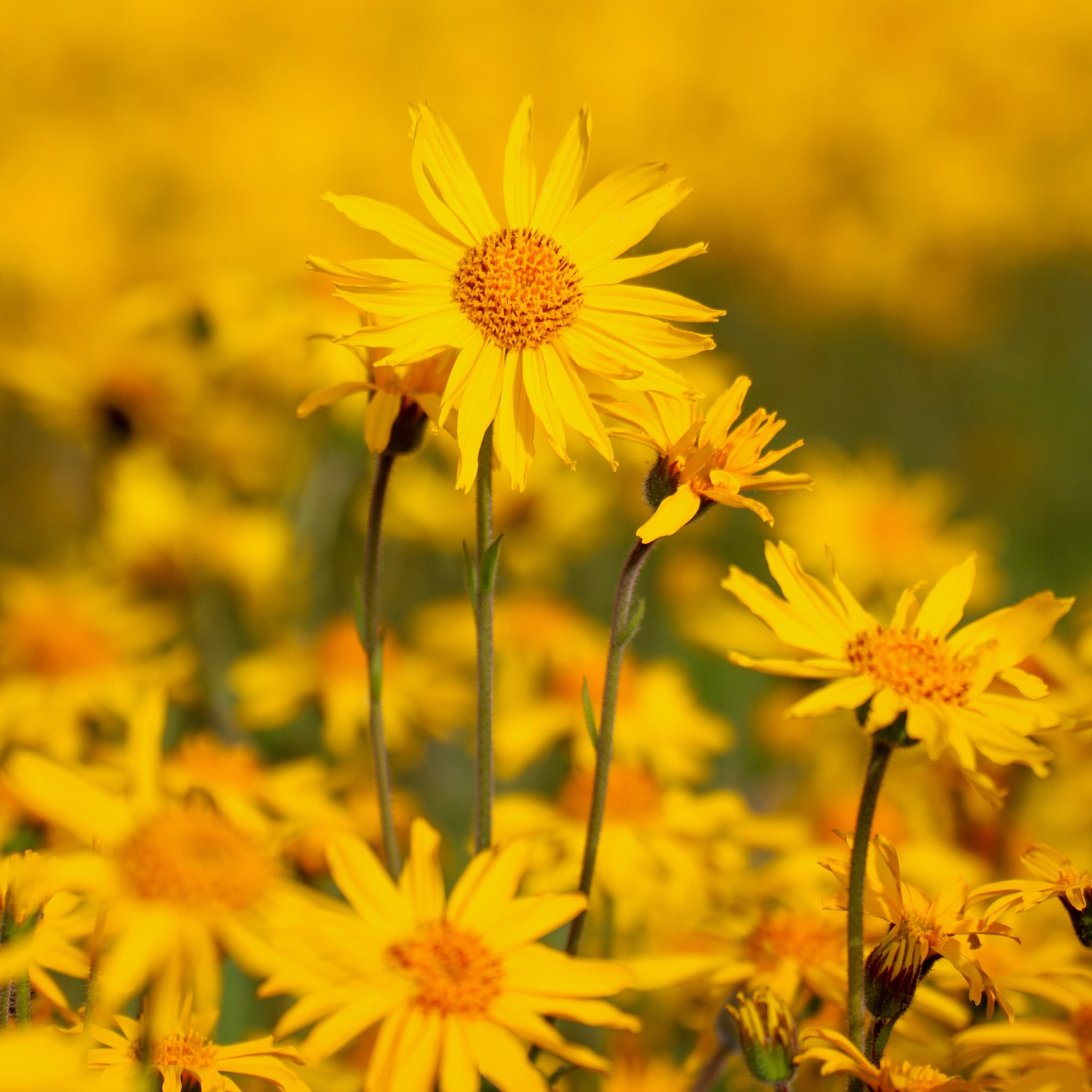
|
Did you know that mountain Arnica is at risk of extinction? |
Over the past 30 years, scientific research has identified the active substances contained mainly in the flowers and to a lesser extent in the stems, leaves, and roots, and has conducted various investigations into their pharmacological activities.
The main active ingredients of Arnica include helenalin, Arnicin, flavonic glycosides, carotenoids, thymol, terpenes, phytosterols and polysaccharides.
Arnica is renowned for numerous properties, so much so that it is one of the most widely used plants in phytotherapy, homeopathy and herbal medicine. In addition to its best-known anti-inflammatory action, it has analgesic, anti-traumatic, anti-neuralgic, antibacterial and antioxidant propertiesArnica is therefore widely used as a natural antibiotic, as its components help to significantly reduce swelling and pain, muscle, and joint stiffness, and it is an excellent remedy for bruises and haematomas.
|
Have you ever tried Arnica when doing sports activities? |
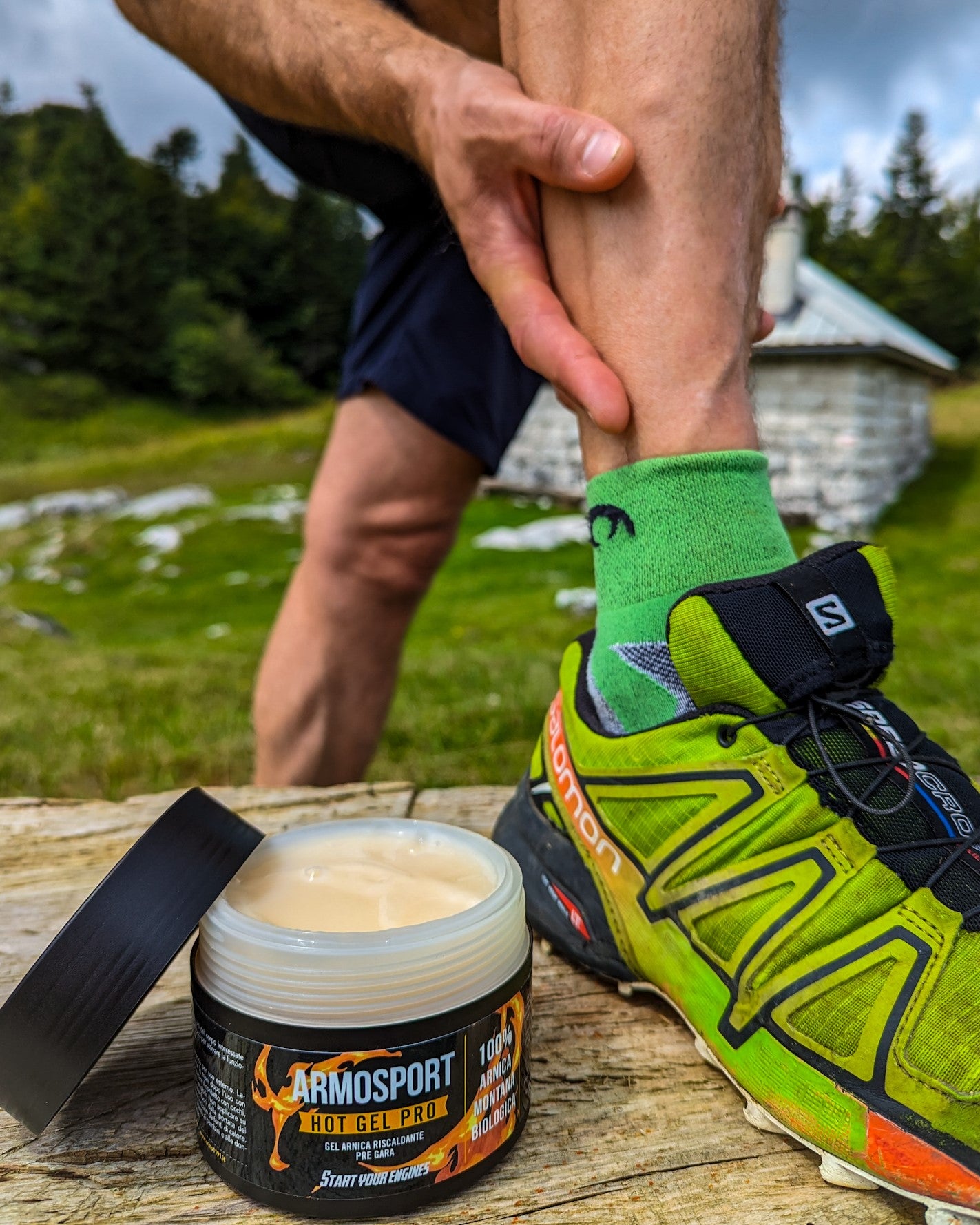
Anti-inflammatory and pain-relieving effect: how to use Arnica
For topical use, Arnica is used to treat inflammations, contusions, pains, bruising and traumas. It can be used in the form of a cream, oil, ointment, gel, or plaster, it is to be applied directly to the affected area even several times a day.
However, it is essential to use products made from a titrated extract of real mountain Arnica, preferably from certified organic farming. We must therefore pay close attention to the multitude of misleading labels which can be found on the market. To find out more about this topic, we recommend you read this article.
Moreover, Arnica is also used to treat other ailments such as:
- Inflammatory states of muscular, tendinous, or skeletal origin
- Contusions, sprains, traumas, strains
- Cold symptoms
- Burns without open wounds
- Insect bites
- Phlebitis
- Acne and rashes
- Bruises and haematomas
- Capillary fragility

Arnica: contraindications
Arnica is a toxic plant if ingested. It is only used orally in homeopathy in the form of opercula, where the active principles are largely diluted.
Topical use, on the other hand, has no specific side effects, but the application to open and ulcerated wounds, eyes and mucous membranes should be avoided. However, care must be taken when using it for a prolonged period as it may cause irritation and skin rashes. The use of Arnica preparations during pregnancy is also not recommended.

